Any parking management company would agree that the highest overhead line item in a given budget is labor and outside payroll, one of the main drivers to this overall expense is hiring. Ironically, the hiring process is often overlooked in financial reviews and yet, it's likely one of the most controllable expenses.
In our work at Marlyn Group we've determined the following cost per hire (CPH) metrics after working with nearly 100 parking organizations these past 5+ years:

These figures include both direct (job ad postings, job fairs, background checks, etc.) and indirect (e.g., hiring manager's time, HR percentage of labor, etc.) costs that support recruitment and onboarding processes. What they don't include are the costs of overtime and other expenses related to open positions and lost productivity.
While this is an interesting factoid in isolation, it actually becomes much richer when a company calculates it's annual turnover ratio. On the one hand, if the hourly staff turnover averages 85-90% per annum, the cost per hire clearly affects the bottom line in a very real way. On the other hand, if the turnover is around 25-30%, the overall CPH expense is viewed more as a normal cost of doing business.
If you're wondering what your company's CPH and turnover ratios are, download an analysis workbook created by Marlyn Group that provides the related calculations for both metrics here:
Wondering how to control some of these variable costs? Here are some tips:
- Background Check and Drug Test: if you haven't reviewed your vendor's contract on these line items in a while, it's time to shop around - both of these expenses have dropped materially over the past number of years, while the number of providers/competitiors in the marketplace has increased.
- Job Ad Postings: whether you have an ATS (Applicant Tracking System) or not, you should be able to calculate the number of applicants to hire ratio by each type of posting. We worked with parking companies on this line item alone and found they could drop a couple of job ad sites with no effect on the candidate pipeline, while picking up a few dollars per hire.
- Job Interviewing Skills: while this one is harder to monetize, we can tell you simply that those companies that provide training on how to interview and evaluate talent have lower overall CPH expenses than those who don't. We've provided dozens of these programs over the years and each one has yielded positive results with improved quality of hire, time to hire and decreased turnover, all contributing to lower CPH expenses.
- Cast a Wider Net: especially in those situations where there's a location opening around the corner and the parking company doesn't have a clue who the manager is going to be, casting the widest net possible is paramount. Recruitment is a numbers game and if your current practice is limiting the number of potential candidates, it's costing the organization money every day the position is open and it may be time to consider partnering with a third party recruitment firm. At Marlyn Group we've been hired to work in these sense-of-urgency situations and have been able to quickly assist just because we work full time on attracting both active and passive candidates, expanding our collective network, and mining sources for candidates that may otherwise pass on any a particular opportunity.
Looking to improve your quality of hires while controlling CPH expenses? Contact us at letsconnect@marlyngroupllc.com to discuss parking industry recruitment solutions or visit our blog for more insights.


